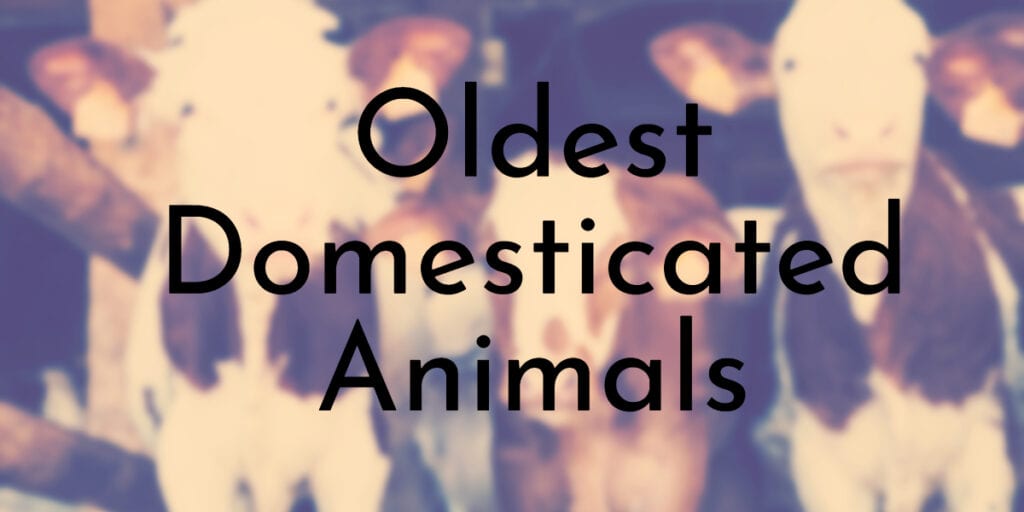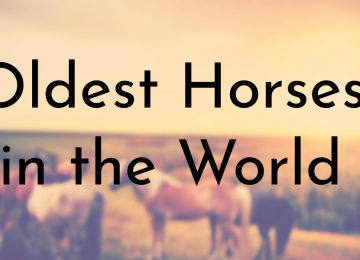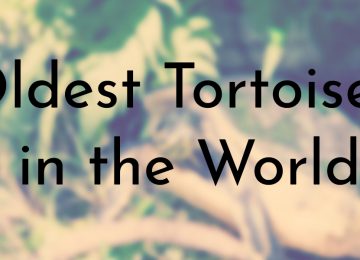Domestication is one of the most significant developments in human history, with the ability to domesticate animals opening a wealth of new ways for humans to live and interact. From food production and transportation to clothing, basic tools, and entertainment, domesticated species bring us closer to our ancestors and even have benefits unavailable in their natural environment.
Domesticated animals have been selectively bred over many generations to possess specific characteristics. Likewise, the term applies to the list of animals that humans have domesticated. There are several domesticated animals, most of which date back thousands of years.
In this article, we will look at some of the oldest domesticated animals in the world.
12. Chicken
Estimated Domestication Period: 2,000 BCE
Origin: Southeast Asia
Primary type: Livestock
Scientific name: Gallus gallus domesticus
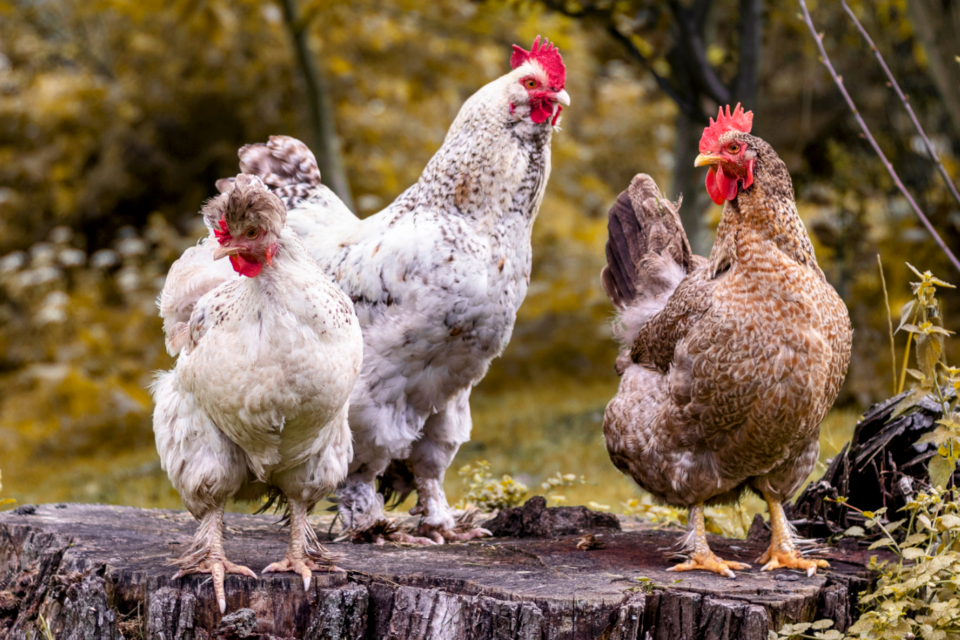
Until recently, it was thought that the cultivation of chickens took place in the Indus Valley in approximately 2000 B.C. However, relying on archaeological findings spanning Europe, China, and Southeast Asia, palaeoclimatic data from China, West, and Zhou hypothesized that Southeast Asia may have had an earlier beginning than 6000 BC.
The first uses of chickens were for ceremonies, such as using a gloating cock to announce the hour of dawn. Later, different cockfighting and pet varieties were developed and bred worldwide. Over the past 100 years, commercial varieties of chicken, particularly layers and broilers, have been developed through the selective mating of several native species.
Did You Know?
As a result, native chickens have accumulated a variety of genetic traits throughout time, enabling adaptation to various complex environmental factors in various locales, including extreme heat, moisture, and illness.
11. Bactrian Camel (two-humped)
Estimated Domestication Period: 2,500 BCE
Origin: Middle East
Primary type: Livestock
Scientific name: Camelus bactrianus
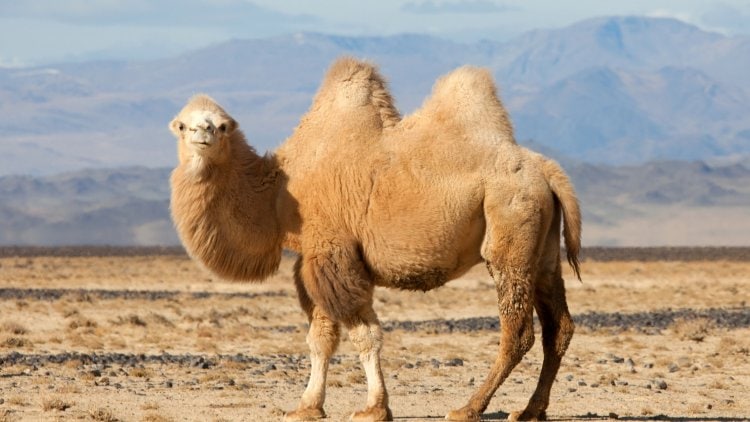
Unlike their counterparts from Arabia, Bactrian camels possess two humps. Similar to how the humps work, they store fat that can be turned into water and calories when food is scarce. It is thanks to these humps that camels are renowned for their prodigious thirst tolerance, even in the arid desert. But, unfortunately, the humps became floppy and flabby when their fat reserves were drained.
The wild Bactrian camel is only found in a few tiny areas in China and Mongolia; the tame Bactrian camel (Camelus bactrianus) may be seen from southern Ukraine south through the Middle East and east to the steppes of Mongolia.
Did You Know?
The Bactrian camel is the biggest member of the Camelidae family, measuring up to 1,000 kg. Cultivated Bactrian camels have bigger, cylinder-shaped rear humps, a much more muscular physique, bulkier legs, and a rounder cranium than their wild counterparts.
10. Alpaca
Estimated Domestication Period: 3,000 BCE
Origin: South America
Primary type: Livestock
Scientific name: Vicugna pacos
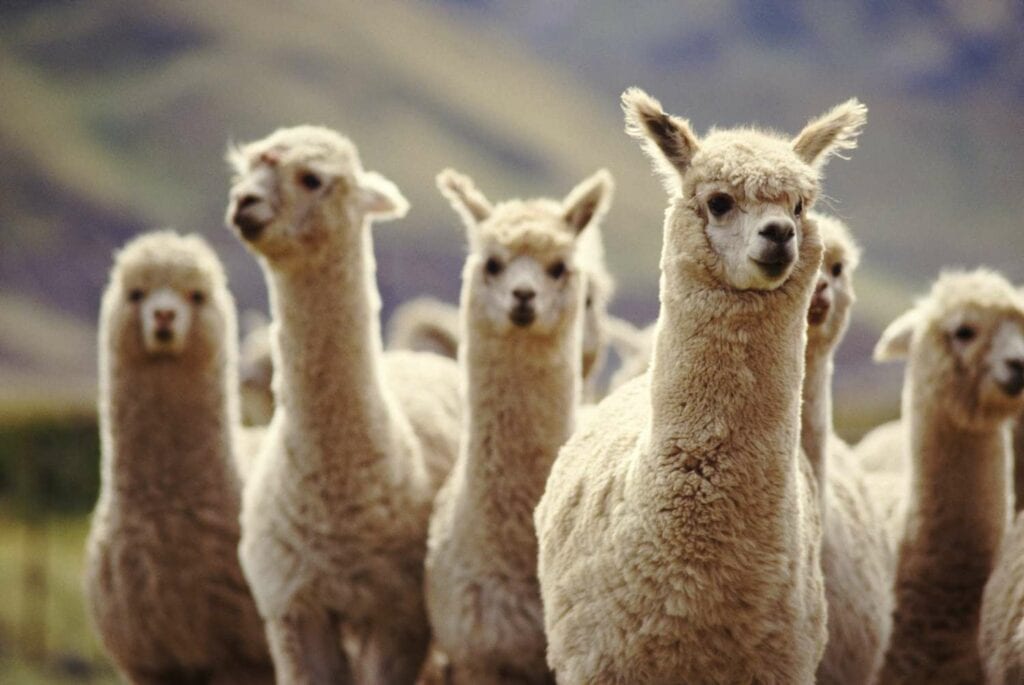
The alpaca has been bred for countless years in this area on the high Andean plateaus. As a result, it is adapted to harsh weather like freezing winds, a 30°C variation in temperature from day to night, concentrated air, and bright sunlight.
It was bred around 6,000 years ago, and throughout the historical memory of the Andean inhabitants, it has played a significant and symbolic role. The Quechuas, the ancestors of the Inca civilization, have played a significant role in alpaca cultivation throughout history. It represents a way of life steeped in rituals and traditions for them, meaning it is much more than just a type of farming.
Did You Know?
These people’s survivability and success have been greatly aided by the alpaca, which holds a significant position in their culture.
9. Horse
Estimated Domestication Period: 3,500 BCE
Origin: Central Asia
Primary type: Work
Scientific name: Equus caballus
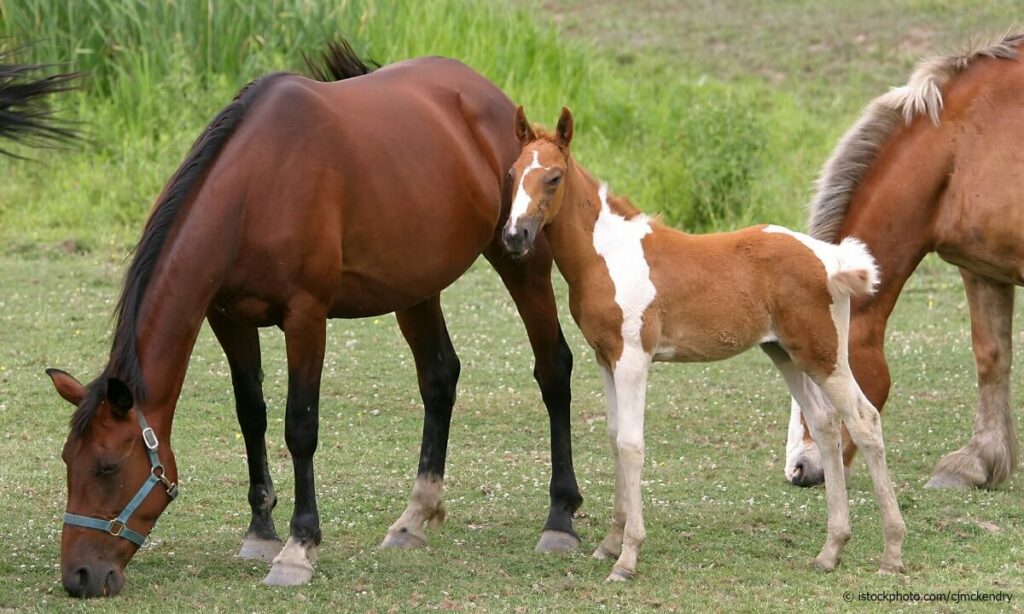
According to archaeological data, horses were domesticated in the steppe lands north of the Black Sea, from Ukraine to Kazakhstan, around 6,000 years ago. However, several unanswered concerns concerning the animal’s evolutionary history as it was domesticated still exist despite extensive investigations over a prolonged period.
Whether domestication occurred in several locations or was restricted to one is a critical subject. For example, this origins debate relates to the expansion of domesticated horses throughout Eurasia, or whether local breeders captured their wild horses and added them to the household horse genetic pool.
Did You Know?
Most evidence points to humans spreading farmed horses across western Eurasia and supplementing domestic populations with wild individuals to boost domestic horses’ genetic variation.
8. Llama
Estimated Domestication Period: 4,000 BCE
Origin: South America
Primary type: Livestock
Scientific name: Lama glama
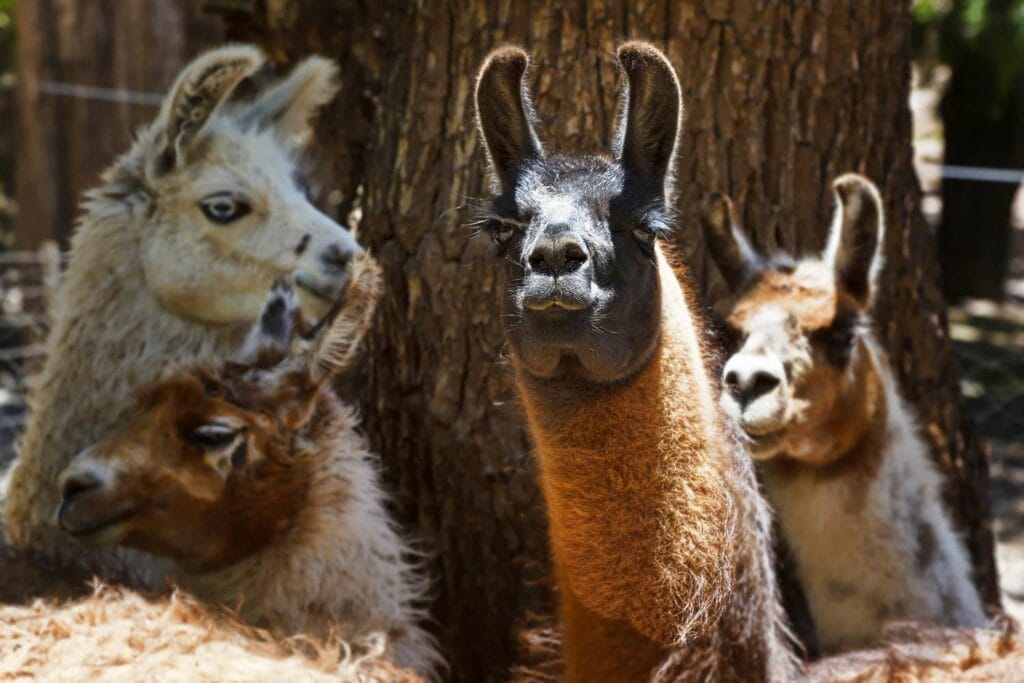
Around 40–50 million years ago, the llama’s progenitors first appeared on the Great Plains of North America. Then, three million years ago, a land bridge connecting the two continents was formed, allowing them to move to South America.
Llamas have initially domesticated approximately 4,500 BC and are thought to be derived from hoofed mammals, their wild relatives.
Similar to how horses, cattle, and sheep served European civilizations, South American camelids—the only livestock domesticated by humans in the New World—supported an ancient Peruvian culture as a mode of transportation, a source of clothing, and a source of food in the Andes.
Did You Know?
The Incas are most intimately identified with llamas because they utilized them as pack animals and offered thousands of them as sacrifices to their deities each year.
7. Zebu (Humped Cow)
Estimated Domestication Period: 6,000 BCE
Origin: South Asia
Primary type: Livestock
Scientific name: Bos taurus indicus
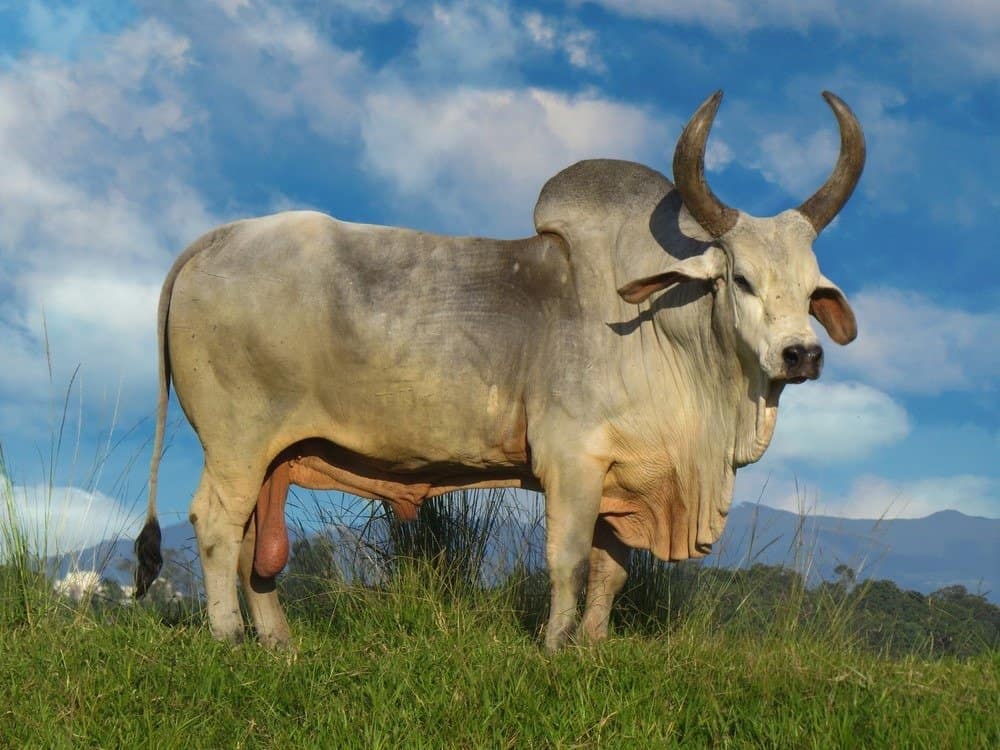
Zebu cattle descended from three kinds of Indian cattle and were non-humped when they were first domesticated in Southwest Asia. Guzerat, Nelore, and Gir mostly influenced Zebu’s selection. Zebu cattle are shagged and are a subspecies of Bos primigenius. They were sold to Brazil and the U.S. within the last century after being brought to Africa at a young age.
Zebu cattle often have red or gray coloring, horns, saggy skin, big ears, and a hump over their shoulders. This breed is a source of draft animals, meat, and milk. They are solely used for milk and draft in India since they are considered sacred.
Did You Know?
Zebus are regarded as the oldest cattle that have ever been tamed. Today, the name Zebu may be used as a unique identifier for that kind of cattle and a generic term for breeds like Guzera, Nelora, Gir, and Brahman.
6. Cat
Estimated Domestication Period: 7,500 BCE
Origin: Eurasia
Primary type: Pet
Scientific name: Felis catus

A recent comprehensive study on the development of domesticated cats suggests that cats and humans coexisted for a very long time before being bred in captivity based on DNA analysis. Their genes have not considerably deviated from those of wildcats over that time, except for one recent addition—the distinctive tabby cat’s patterns and dots.
As early as 4400 B.C., the progenitors of modern house cats began to disperse from southwest Asia into Europe. Then, around 8,000 years ago, the cats presumably began to hang around in farming villages in the Fertile Crescent, where they developed a symbiotic partnership, serving as rodent patrol for people.
Did You Know?
Crops and other farming leftovers generated by human civilizations enticed rats and mice. Cats probably followed the rat population and regularly swarmed close to populated areas.
5. Cow
Estimated Domestication Period: 8,300 BCE
Origin: Middle East
Primary type: Livestock
Scientific name: Bos taurus
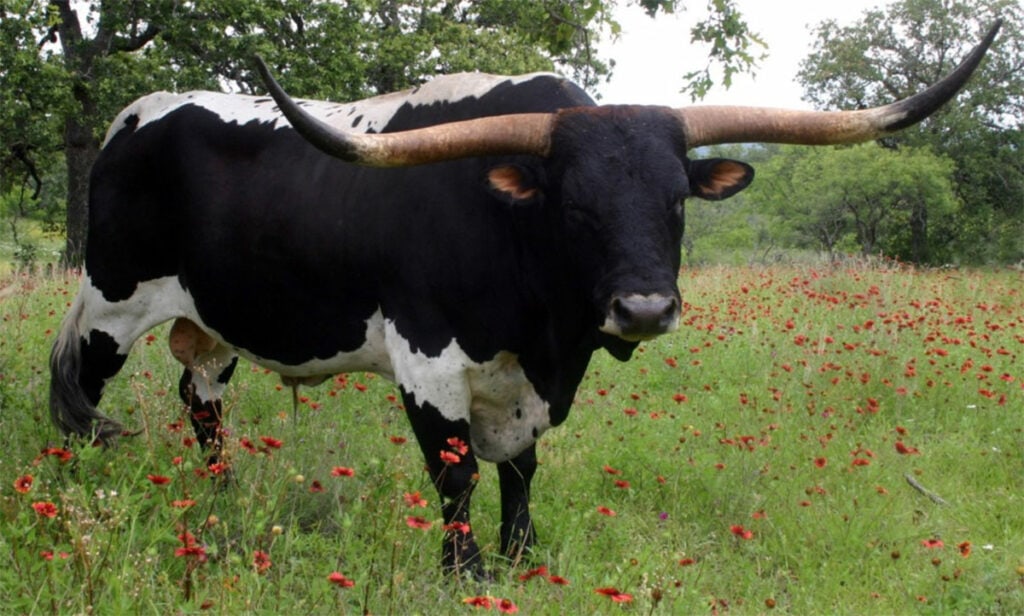
In Southwest Asia, the civilization of cattle first occurred about the ninth millennium B.C. During the Neolithic changeover, domesticated cows were then brought to Europe. However, the absence of palaeogenetic information from the first-bred cows in Europe still hinders the precise restoration of their initial demographic trends.
Cows are also one of the oldest known domesticated animals, conceivably due to the wide range of products they offer to humans, including food items like dairy, meat, fat, and blood, as well as secondary items like clothing and tools made from horns, bones, hooves, hair, and hides. They also serve as load bearers and plow pullers and provide secondary items like dung for fuel.
Did You Know?
In terms of culture, cows are a conserved commodity that may be used for rituals like feasts and sacrifices, commerce, and bride wealth.
4. Pig
Estimated Domestication Period: 8,300 BCE
Origin: Middle East
Primary type: Livestock
Scientific name: Sus scrofa domesticus
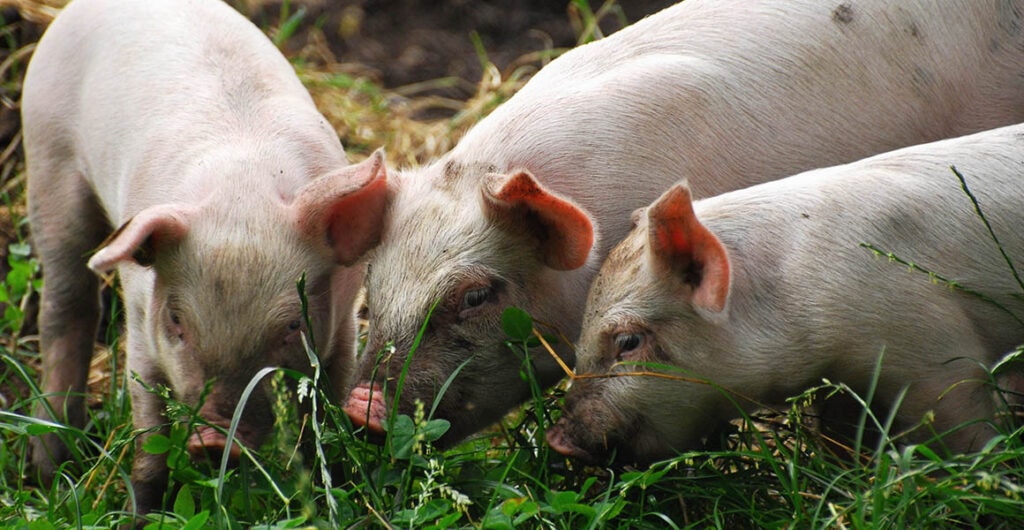
The Eurasian wild boar is where the domestic pig gets its ancestry (Sus scrofa). Scientists have mapped wild and farmed pigs’ nuclear and mitochondrial genomes spanning Europe and Asia. It has been proven that wild pig subspecies in Asia and Europe were not involved in the domestication process.
Before civilization, which happened around 9,000 years ago, there had been an estimated 500,000-year period since the separation of the ancestors’ forms. Asian pigs were reportedly brought to Europe in the late half of the nineteenth century, according to historical archives.
A hybrid ancestry for several of the most popular “European” pig breeds was revealed by researchers using DNA proof of this introgression and data.
Did You Know?
Pigs traveled with ancient shepherds as they migrated from Anatolia to Europe and from central China to the hinterlands after being domesticated.
3. Goat
Estimated Domestication Period: 8,500 BCE
Origin: Middle East
Primary type: Livestock
Scientific name: Capra hircus
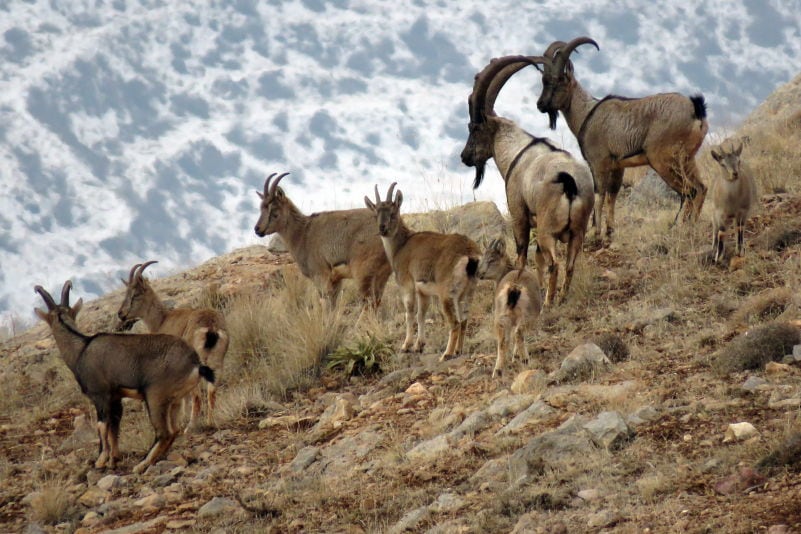
One of the first domesticated animals, goats, is believed to have been first domesticated in the Fertile Crescent approximately 10,000 years ago based on historical excavations. According to recent molecular research by Naderi et al., goats may have originated from bezoars (C. aegagrus), which were domesticated in West Asia.
After then, goats became widespread worldwide and were crucial to the Neolithic agricultural revolution and the growth of human civilization.
Goats are now widespread on numerous distant and outlying islands in addition to all continents today except Antarctica. To meet the world’s need for meat, milk, and fiber, around 840 million goats are reared in areas with wet tropical rain forests, scorching deserts, and freezing, hypoxic high-altitude regions.
Did You Know?
The number of sheep in the colonies reached 10,000 by 1664, and the General Court of Massachusetts enacted a statute mandating young people to learn how to spin and knit.
2. Sheep
Estimated Domestication Period: 9,000 BCE
Origin: Middle East
Primary type: Livestock
Scientific name: Ovis aries
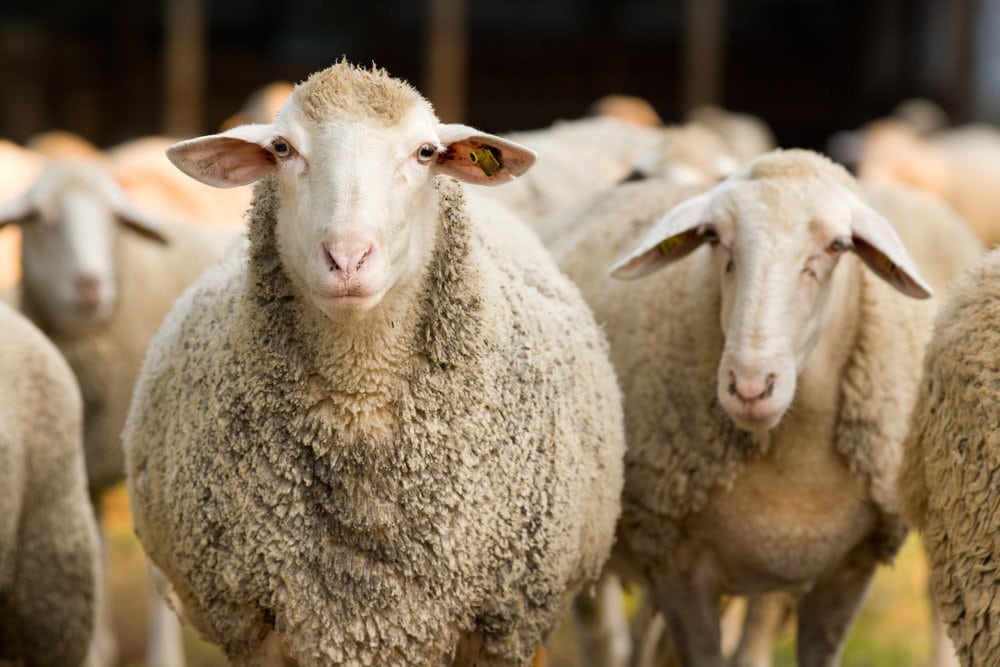
It wasn’t until 3,500 B.C. that sheep were bred in Central Asia 10,000 years ago. They acquired the skill of spinning wool. Sheep had a role in the dissemination of civilization. During the period of the Bible, sheep production was quite good. The Bible makes several allusions to sheep, particularly in the Old Testament.
The earliest organized human business was the raising of sheep. The first product with a high enough value to justify trading on a global scale was wool. England attempted to suppress the American colonies’ wool trade in the sixteenth and seventeenth centuries. But colonists soon began smuggling sheep into the United States and establishing a wool business.
Did You Know?
The number of sheep in the colonies reached 10,000 by 1664, and the General Court of Massachusetts enacted a statute mandating young people to learn how to spin and knit.
1. Dog
Estimated Domestication Period: 13,000 to 34,000 BCE
Origin: Eurasia
Primary type: Pet
Scientific name: Canis lupus familiaris
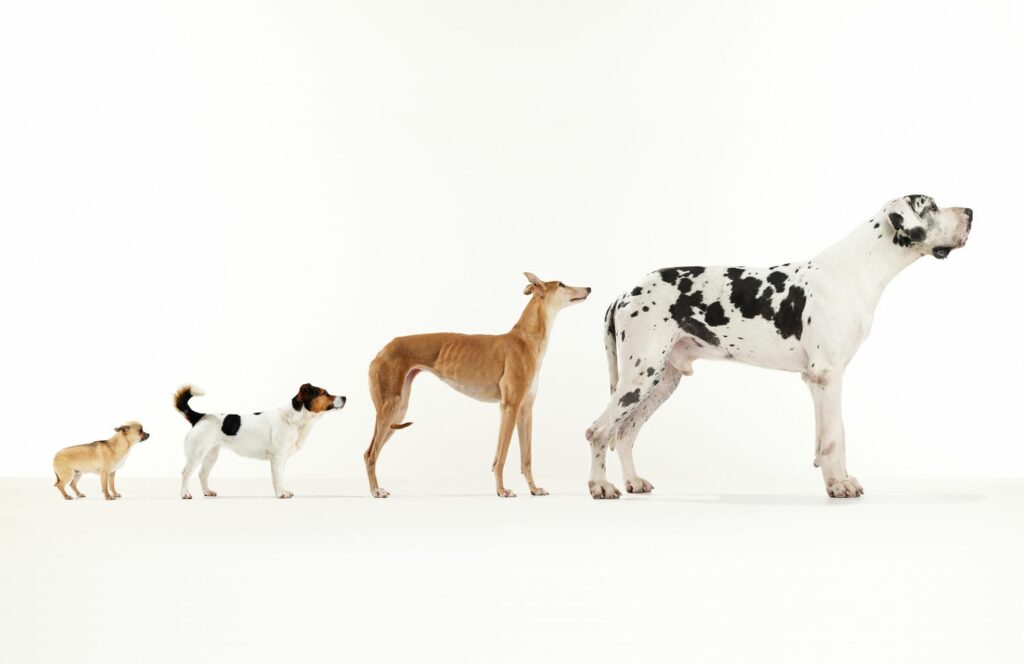
Dogs are the oldest domesticated animal in the world, dating back to 13,000 to 34,000 BCE. Dogs could have evolved into domesticated animals because early humans had much more meat than they would otherwise consume. The wolves that hunter-gatherers kept as pets during the Ice Age may have shared any excess with them.
Both the time and the reasons for dog domestication are unknown. Genetic data reveals that dogs diverged from their wolf forebears between 27,000 and 40,000 years ago. The earliest dog funeral was around 14,200 years ago, indicating that dogs had already been widely accepted as pets.
Did You Know?
All other animals were domesticated once cultivation became widely practiced; hunter-gatherers adopted only dogs.


